Most members of the canine population are averse to screaming, high-pitched sounds, eyeball to eyeball stare, awkward movements, tail pulling, ear pulling, and many more. Needless to say, these are the typical behaviors of children around dogs. It must also be noted that these dogs have the tendency to follow and respect the command and authority of an older person viewed as a pack leader while ignoring the children.
These categories of dogs are described as independent, difficult to train, and can be rather unforgiving of roughhousing kids who are less mindful of what they grab or step on. On this list are independent Spitz breeds, lumbering giant breeds, and smaller toy breeds which have all proved to be bad choices in households with younger children.
Table of Contents
These Are The Worst Dog Breeds For Kids
1. Chihuahua

Though Chihuahuas are toy breeds, they are known to be notoriously feisty and tend towards aggressive behaviors. This alone makes the dog a bad choice for families. The miniature size of the breed has misled many into thinking that the Chis are great for households with children but the reverse is the case. This cute breed heavily relies on its mouth for protection where stature or size are needed, thus, it is quick to react with barks and on occasions, it also bites in self-defense.
Another character trait of the Chi that is off-putting is the fact that the toy breed likes its personal space, they feel very uncomfortable when anyone other than their primary caregiver comes into their zone; in this instance, the dog reacts with plenty of social cues. Since children are not great at reading cues and signals, ignoring it might result in aggressive behaviors from a Chi.
2. Pekingese

The Pekingese is comparable to the Chihuahua as it is equally a miniature breed that relies on alternative methods of appearing scary and big when threatened; these methods can involve yipping and biting. It takes very little provocations to trigger these behaviors – tail pulling, poking, and prodding are enough to get the Pekingese’s negative reactions and these are exactly what children do with dogs.
This small dog has the tendency to be possessive over its toys, food, and even its primary caregivers. A dog is known to compete for the owner’s attention and the Pekingese is one canine that never wants to lose – children are also attention seekers and the two may not mix well.
3. Siberian Husky
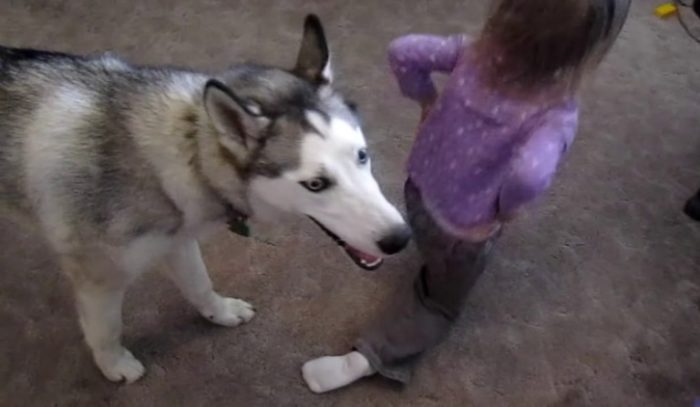
A highly active canine with an affinity for rough play like the Siberian Husky may unintentionally harm a child even with good intentions. An independent dog, the husky is one of the most difficult to train and coupled with its stubborn streak, even an experienced dog trainer won’t find it easy. Loud cry or roughhousing by children may appear like the actions of a “prey” to the husky and being a dog with high pre-drive, the dog might just be triggered into action that might cause harm to kids.
Again, the breed does not just resemble the wolf in appearance; it equally retained some wolf-like qualities too. Its reaction to perceived threats can be rather too sharp as it is highly protective. If you must adopt a husky into your family, then, you need to wait for your kids to grow older and can control their behavior around the dogs.
4. Alaskan Malamute
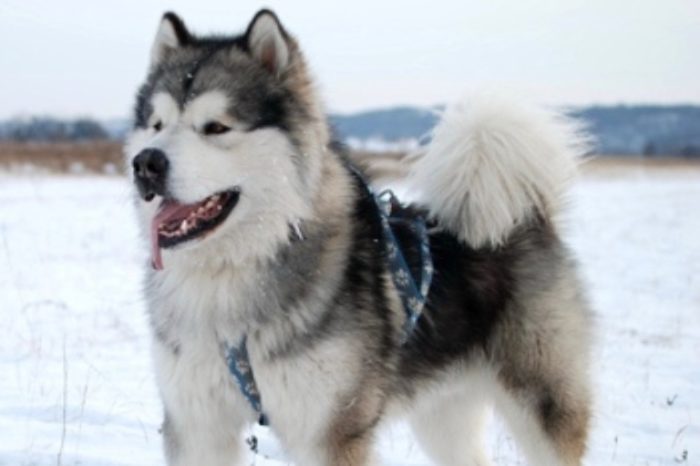
The Alaskan Malamute might have a very close resemblance to the Siberian Husky in both behavior and features, but it is far larger. The breed is known to enjoy a lot of rough play and in the absence of daily exercise, it becomes even rougher. Training the Malamute is a herculean task that makes them undesirable for families with little kids. Again, the breed is not great at being a leash dog and while taking them on a walk, they may possibly jump, pull, or strain. Now, imagine when a little child is in charge of the leash, anything can happen.
5. Australian Shepherd
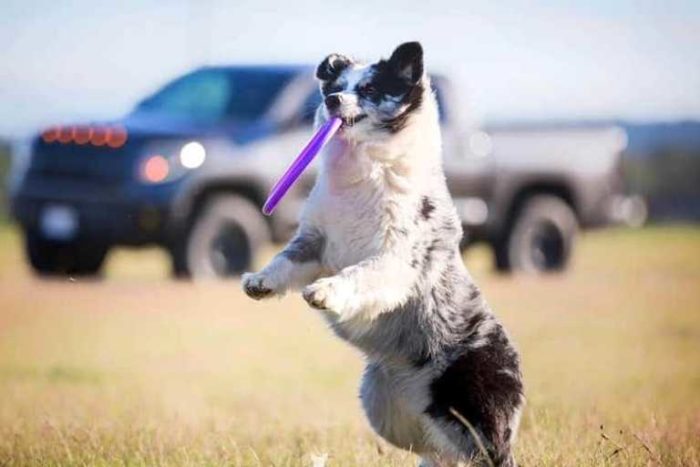
The Australian Shepherd may not be an ideal choice for a family dog as the pup is a herder by nature. Thus, it is not uncommon to see this energetic powerhouse wanting to round up kids, and to get children back in line, the dog might even resort to nipping at their feet.
Their cattle herding origin makes the Australian Shepherd very difficult to train but that does not remove the fact that it is an intelligent breed. Keeping the breed calls for a lot of personal attention and exercise, and in a household where children demand equal attention, the arrangement might not work.
6. Bullmastiff
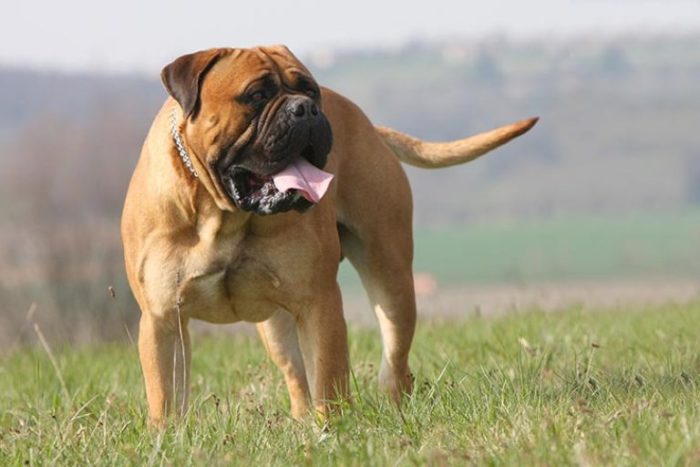
The Bullmastiff might be a friendly and sweet-tempered dog, but considering its massive size, it may not be wise to keep the breed in a household with children. An excited toddler and an equally excited Bullmastiff of over 100-pound are never good together. It may not be intentional but the large breed that believes itself to be a lapdog (the dog is unaware of its size) can easily topple the child. To adopt this breed, a family will have to wait until their kids are bigger, as well as more surefooted.
7. Chow Chow

Looking like inviting big fluffy teddy bears, Chow Chows are far from cuddly. This guarding dog does not welcome hugs; it is completely averse to squealing and screaming kids as these types of behaviors can trigger its aggressive stance. This is another intelligent breed that is hard to train and before you can get it to behave well, you must be ready for rigorous training, loads of socialization that must start early, as well as repetitive reinforcement of excellent behavior.
8. Greyhound
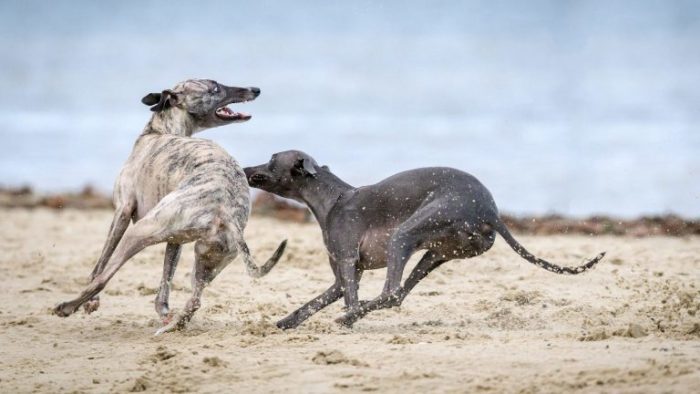
Listed among the world’s fastest dogs, the Greyhounds are known to be giant lounge lizards that prefer a calm and peaceful snooze to continuous excitement and hubbub. Obviously, speed doesn’t mean high energy with this breed. The dog can easily become discontented by so much sound and instability which will, in turn, lead to anxiety and stress. This supersonic runner with hunting instinct loves to give chase and in the process, it might run down any toddler around just the same way it runs down prey.
Read Also: 12 Dogs With Curly Tails
9. American Pitbulls
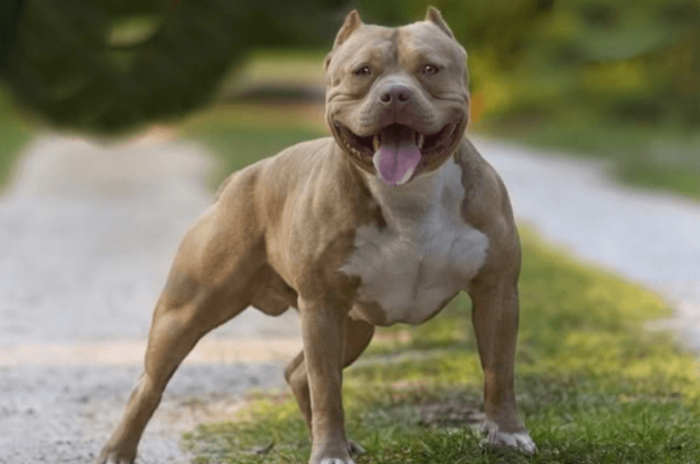
The American Pitbull is the most popular bully breed around. An epitome of canines with a bad reputation, this pup is constantly cited as the worst among the worst dog breeds for households, especially those with toddlers. In fact, several countries have already taken proactive measures by banning American Pitbulls. The pup is highly prone to violent attacks and going by the records, they were bred to behave in that manner.
The dog is a descendant of the ferocious Dogo Argentino that has long gone into extinction. The Dogo, according to history, was so violent and vicious that it fought its own breed/lineage into extinction, alongside several other species.
10. Rottweilers
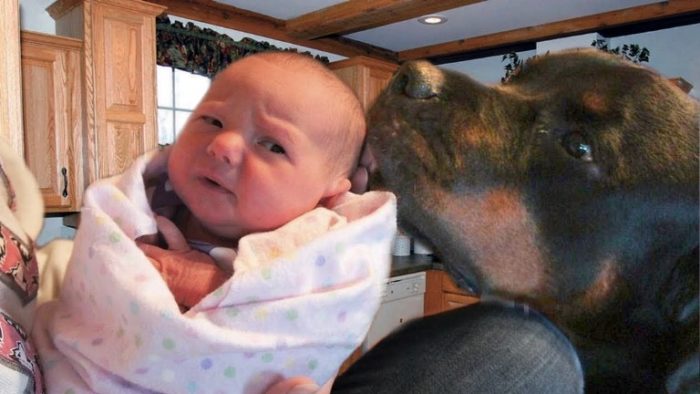
Two decades ago, the Rottweiler breed became popular for being vicious attack pups as well as top-quality police dogs. This character trait is definitely there, especially if you train your pooch to be that way. However, years of training and socialization have given rise to Rottweilers that are perceived as friendly, calm, and easy to train, but in the face of any form of discomfort, their natural instinct to lash out will be reactivated.
Little children have been victims of pretty bad dog bites just for angering them or accidentally encroaching on their territory. Though we have some Rottweilers that can get along with children, their reputation is still pretty bad. Overall, if you have toddlers at home or plan to start a family while you still keep pet dogs, go for the kid-friendly dogs.